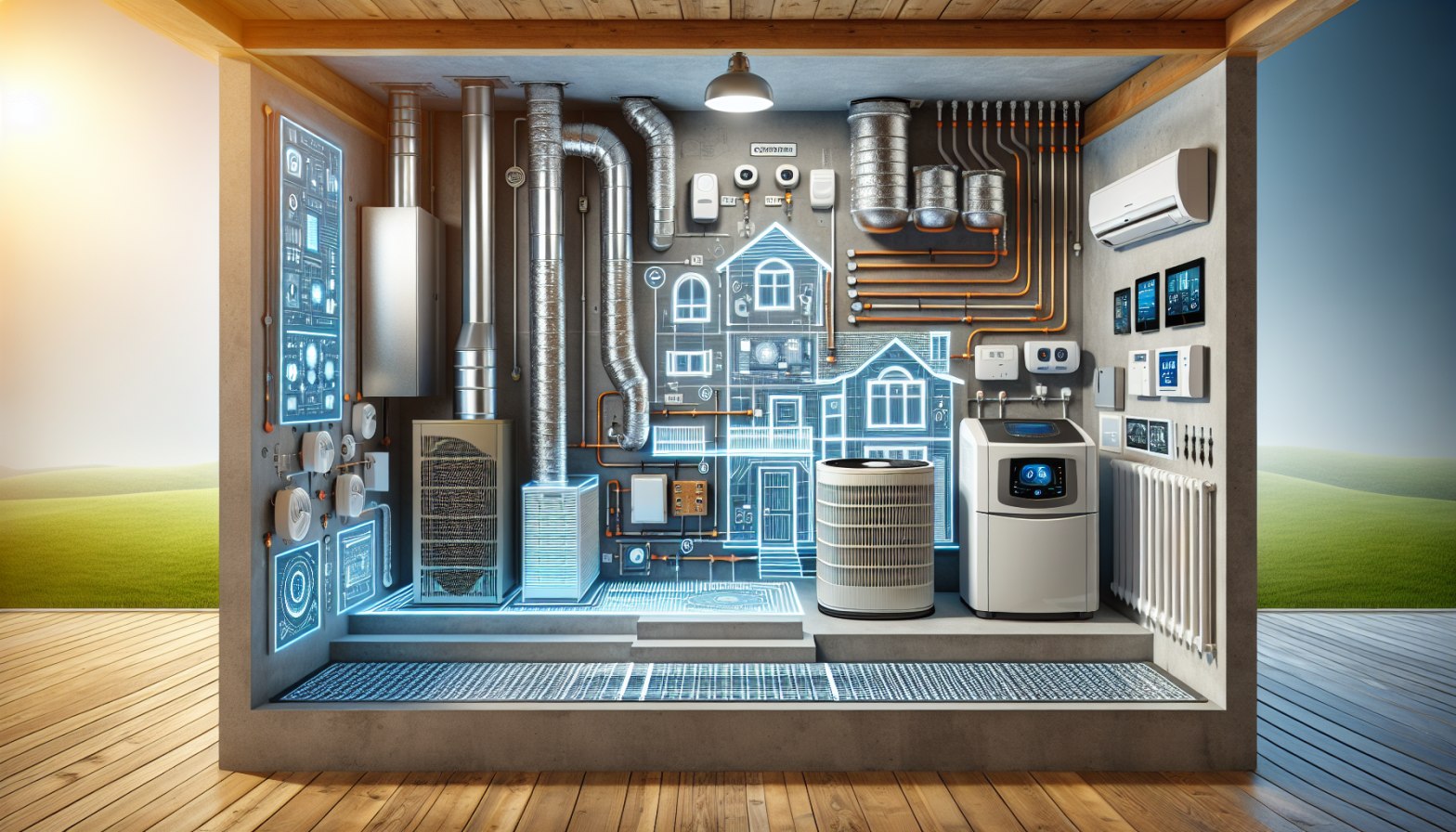Creating a comfortable living space means understanding your HVAC system. These systems, which often include natural gas forced air furnaces, regulate temperature and air quality, keeping you cozy in winter and cool in summer. Let’s break down the basics and how to optimize your HVAC.
Understanding the Basics
An HVAC system includes furnaces, air conditioners, heaters and ventilation systems. Natural gas furnaces are a popular heating option due to their efficiency in homes and workplaces. Regular upkeep, like changing filters and cleaning ducts, is necessary to keep everything running smoothly.
It’s important to note that each component of an HVAC system plays a vital role. The furnace generates heat, the air conditioner cools the air and the ventilation system circulates the conditioned air throughout your home. Understanding how these components work together can help you make informed decisions about maintenance and upgrades.
Choosing the Right System
Picking the right HVAC system depends on your house size and local climate. Energy efficiency is key. Look for models with high ratings to save on bills and reduce your carbon footprint. While DIY installations are possible, hiring professionals is often safer, as you want to ensure that everything is connected properly.
Common Issues and Solutions
HVAC systems can face problems like thermostat malfunctions, clogged filters and unusual noises. Minor issues may be fixable with troubleshooting but others need professional help. For example, if your natural gas furnace isn’t heating well, call an expert to find the fault for you.
Importance of HVAC in Commercial Settings
In business environments, a comfortable temperature boosts both employee productivity and customer satisfaction. Studies show a well-regulated climate can improve work performance. By investing in advanced HVAC, businesses can create healthier, more productive spaces.
Advanced HVAC Technologies
Modern HVAC systems feature smart thermostats and automation for precise control. These technologies enhance comfort and save energy. Energy management systems help monitor consumption, lowering utility bills. Eco-friendly options are available for reducing environmental impact.
Rising Concerns in Urban Areas
With denser cities and rising pollution, good indoor air quality is crucial. Poor air quality can cause health issues like respiratory problems. To address this, many urban developments are integrating advanced air purification systems.
Innovative Solutions for Better Air Quality
Air purifiers use advanced filters to clean the air, improving indoor environments. Green building materials, which reduce pollutants, are also becoming common. These innovations help urban residents enjoy healthier living conditions.
Policies and Regulations
Governments are implementing policies to improve indoor air quality in urban areas. These rules encourage the use of superior building materials and advanced HVAC systems. Following these guidelines promotes public health and leads to a more sustainable future for all.


































